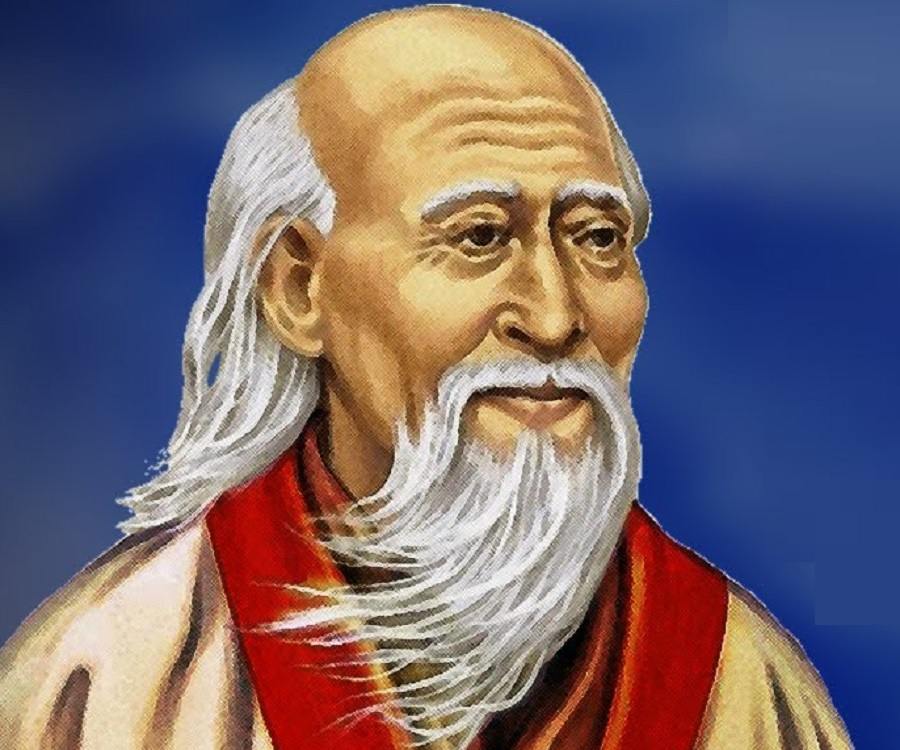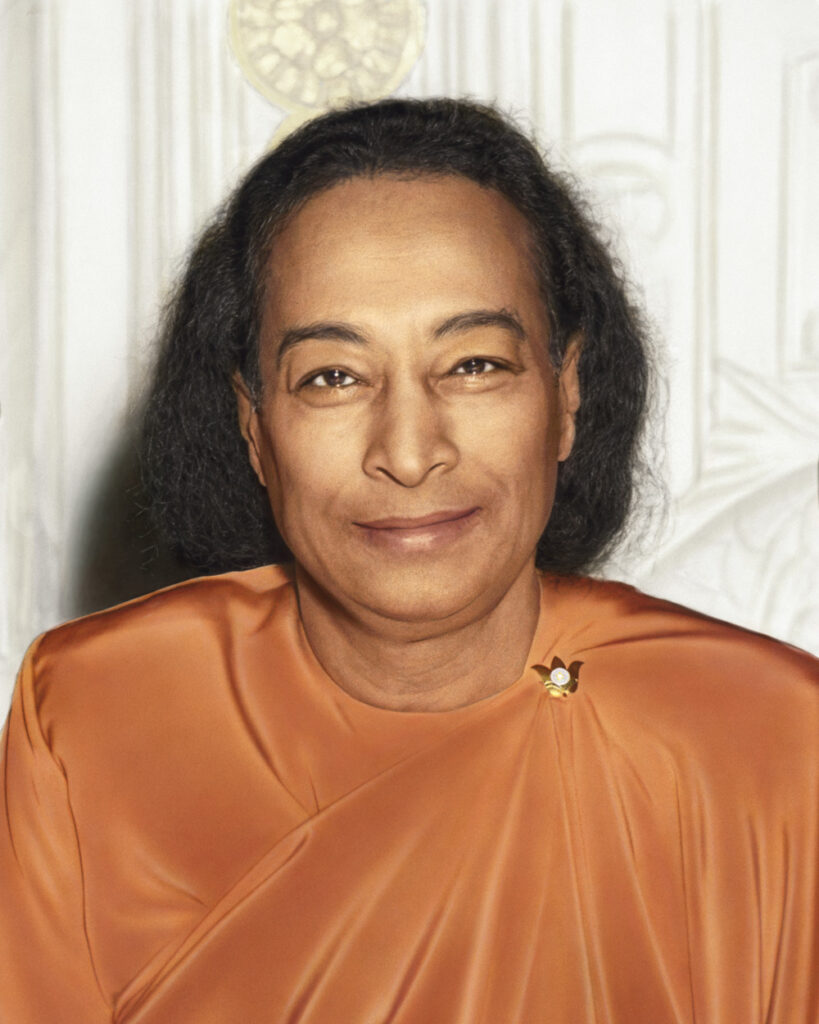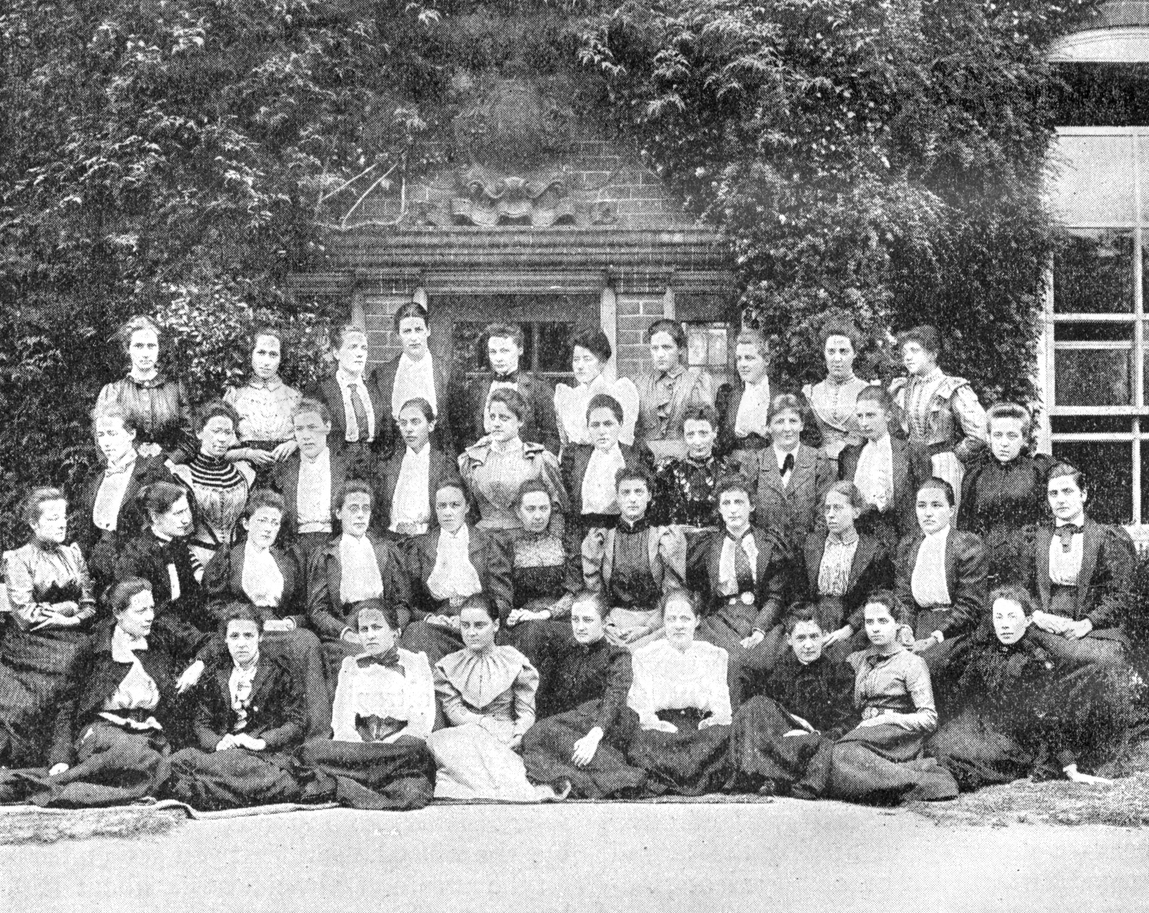This is how the mystics who composed the ancient Hindu scriptures, the Upanishads, characterize the experience of the awakened state.
Mystics from other traditions from Judaism to Taoism to Buddhism to Christianity used similar language. Lao Tse, an ancient Chinese scribe, speaks of the Tao, the indefinable, the infinite, the unchanging. In his brief but profound scripture the Tao Te Ching he describes how to live in accordance with it.
Sankara, a ninth-century Indian sage, laid out his understanding of the path to enlightenment in his book Crest Jewel of Wisdom. He refers to the ultimate reality as eternal and changeless.
Paul Brunton, a spiritual genius of the early 20th century, and popularizer of the non dual teaching of the Indian sage Ramana Maharshi, used many words for the ultimate reality that mystics experience. Among his favorites were “the Void” and “the Great Silence.” A modern mystic, David Carse, calls it “Perfect Brilliant Stillness.”
So what is the nature of the ultimate reality of which they all speak?

What is the mystery that all the saints and sages experience — whatever their spiritual tradition, belief system, historical epoch, religion, language or culture?
From the accounts of ancient and contemporary mystics, we know the nature of ultimate reality to be infinite, always in the now, beyond time and space, filled with love and light, universal, and consciousness itself. According to a great paradox described by Lao Tse, it is everything yet it does nothing.
It has no desire or intention. It has no plan. It does not want anything. It seeks no goal. It is the primal energy from which everything originates.
When immersed in it, mystics describe an experience of infinite love, compassion, grace, wisdom, peace and joy. They characterize it as gazing on the fabric of reality itself. In this state, the aliveness of everything in the universe is apparent. Everyday objects, from rocks to tress to bodies to the air itself, sparkle with life energy. Mystics see beyond the external appearance of material objects to perceive the inner light of energy from which they all spring.
In this infinite stillness, there is no need to do anything and no imperative to get anything done. There is nothing but being, contentment, and peace. Everything is fine just as it is.
There is no agenda to save the world or even improve it. There is only unconditional acceptance of everything just the way it is.
How can this level of reality be perceived by ordinary human beings?
The answer is simple yet far from easy. The key is to make your inner mental and emotional space as much like the Tao as possible.
That is why for millennia sages have cultivated and advocated meditative practices. In the first chapter of his book, Sankara says that if we human beings immerse our attention in the impermanent, the material world, the passing parade of phenomena, while devoting no time or attention for the infinite, we are fools.
 No modern human, and few ancient ones, has the leisure, luxury, or circumstances that allow them to spend all their time immersed in contemplation of the intimate.
No modern human, and few ancient ones, has the leisure, luxury, or circumstances that allow them to spend all their time immersed in contemplation of the intimate.
But a period of practice, whether it is 30 minutes of meditation every morning, an hour of sacred movement such as tai chi, yoga or qigong, a period of conscious breathwork, a walking meditation in which each foot is carefully placed ahead of the other, a silent reverie in nature, or savoring the words of scripture, moves us in the right direction. These activities can give us a period of grace in the midst of a busy day.
When we cultivate the characteristics of the Tao, releasing our distractions, making our minds peaceful, releasing emotional turmoil, and coming to a point of physical rest, we mimic the characteristics of the Tao. When we practice this mimicry consistently, we make our minds, bodies and hearts more and more like the Tao.
Initially this may be a pale shadow, a faint imitation, of ultimate reality. But gradually, with practice, it becomes stronger. Eventually it becomes all-consuming. Mystics describe vivid experiences like those of Hildegard of Bingen, who witnessed the fire of heaven exploding in her chest, or Kabir, who felt himself blazing with the light of a thousand suns.
Once the meditative state moves from being something we enter and exit briefly each day, to an awareness we slip into many times a day, our brains change. The mystical experience gradually becomes more accessible. The process continues until the light of being consumes our awareness, and it is ordinary material reality which becomes the pale shadow.
By making our minds like the Tao, by choosing to imbue our experience with the qualities of the Tao, we are able to connect with that level of reality. As our local finite material consciousness resonates with the qualities of nonlocal infinite eternal consciousness, the two come together.
This resonant alignment allows the nature of the Tao to begin to inhabit human awareness. After a sustained period of such alignment, the human mind, heart and body become so adept at harmonizing with the Tao, and channeling the Tao, that it begins to radiate around them.
 When we meet a true Master, we may feel this radiance. We realize that her consciousness is a vehicle through which the Tao enters the material plane. And yet the Tao remains without purpose, agenda, desires, intentions, wants, needs or plans. It simply is. It has complete acceptance of whatever is and seeks to change nothing. And yet when it flows through the mind, body and heart of a Master at the material level, it changes everything.
When we meet a true Master, we may feel this radiance. We realize that her consciousness is a vehicle through which the Tao enters the material plane. And yet the Tao remains without purpose, agenda, desires, intentions, wants, needs or plans. It simply is. It has complete acceptance of whatever is and seeks to change nothing. And yet when it flows through the mind, body and heart of a Master at the material level, it changes everything.
Sankara, Buddha, Jesus, Hildegard, Teresa of Avila, Francis of Assisi, Gandhi, Rumi, and other masters were vehicles through which it could flow into material reality.
The changes this produced in the world around them were so dramatic we call them miracles. Yet miracles are simply the result of bringing the nonlocal resonance of the Tao into local reality. This rearranges material reality. As Lao Tse said, ‘in doing nothing, everything is done.’
We human beings experience and understand true happiness when we serve as channels for the Tao. The blissful contentment in our minds echoes the infinite peace of the conscious universe. Being, consciousness and bliss. Sat, chit and ananda. This is the place to which all consciousness returns after an earthly human lifetime. By attuning to it daily, we re-enact that return regularly. We become familiar with that state, even in the busyness of our daily lives.
Ultimate reality seems unknowable and mysterious to the average human mind. Yet through this process of mimicry, by making choices that support resonance with it every day, we move to the still point through which perfection radiates out all around us into our material lives. The experience of ultimate reality is not only possible for the masters, but for each and every human being.




